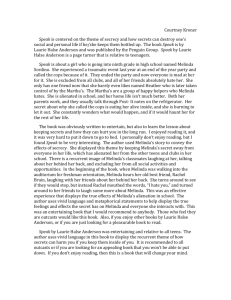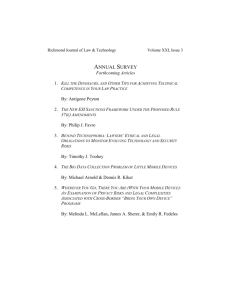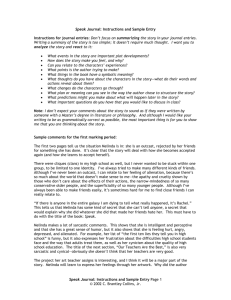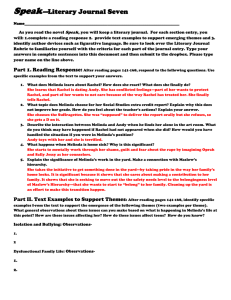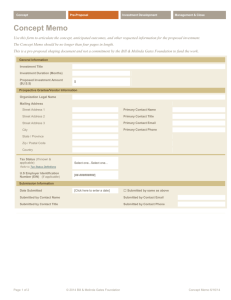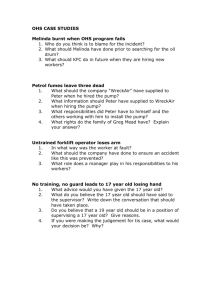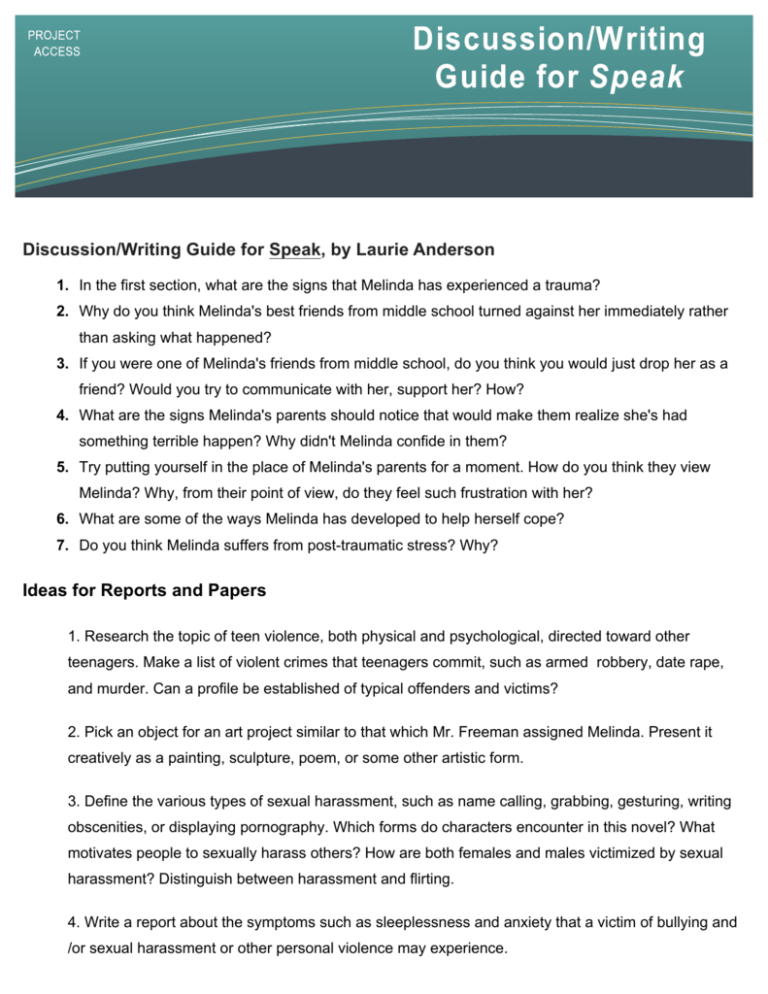
Discussion/Writing Guide for Speak, by Laurie Anderson
1. In the first section, what are the signs that Melinda has experienced a trauma?
2. Why do you think Melinda's best friends from middle school turned against her immediately rather
than asking what happened?
3. If you were one of Melinda's friends from middle school, do you think you would just drop her as a
friend? Would you try to communicate with her, support her? How?
4. What are the signs Melinda's parents should notice that would make them realize she's had
something terrible happen? Why didn't Melinda confide in them?
5. Try putting yourself in the place of Melinda's parents for a moment. How do you think they view
Melinda? Why, from their point of view, do they feel such frustration with her?
6. What are some of the ways Melinda has developed to help herself cope?
7. Do you think Melinda suffers from post-traumatic stress? Why?
Ideas for Reports and Papers
1. Research the topic of teen violence, both physical and psychological, directed toward other
teenagers. Make a list of violent crimes that teenagers commit, such as armed robbery, date rape,
and murder. Can a profile be established of typical offenders and victims?
2. Pick an object for an art project similar to that which Mr. Freeman assigned Melinda. Present it
creatively as a painting, sculpture, poem, or some other artistic form.
3. Define the various types of sexual harassment, such as name calling, grabbing, gesturing, writing
obscenities, or displaying pornography. Which forms do characters encounter in this novel? What
motivates people to sexually harass others? How are both females and males victimized by sexual
harassment? Distinguish between harassment and flirting.
4. Write a report about the symptoms such as sleeplessness and anxiety that a victim of bullying and
/or sexual harassment or other personal violence may experience.
Introductory Activities
1. Have students write or participate in an in class group analysis of the book’s cover.
2. Have class discussion about what clues the cover gives them about the book’s plot.
3. Homework: Students do research on the book and its author.
§
www.writerlady.com
§
www.livejournal.com/users/halseanderson
4. Have students share information that they gathered about the author and the book.
5. Give supplemental background information about the book.
6. Homework: Read The First Marking Period (p 1-46)
•
For Discussion
1. “10 Lies They Tell You in High School”
ü Can students relate to this?
ü Are they lies? If so, why do they tell them to high school freshman?
2. Melinda’s Teachers
ü
ü
ü
ü
Mr. Neck
Hairwoman
Mr. Freeman
Principal Principal
3. “That Night”
ü What happened that night?
ü What clues have we been given?
4. Homework: Have students consider how they might go about completing Melinda’s art
assignment from Mr. Freeman.
•
Have students pick objects out of a bowl just as Melinda’s art class did in the novel.
•
Have students begin to sketch and draw their objects in class.
•
Have class discussion on why this art project will be important to Melinda throughout the
novel. (art as self-expression and catharsis)
•
Inform class that they should continue to work on their art outside of class while reading the novel
as they will turn in an art project as part of their grade.
5. Homework: Read the Second Marking Period (p 47-92)
•
For Discussion
1. The closet. Why does Melinda need it? What or who is she hiding from and why?
2. The section entitled “Naming the Monster,” on p 86. Who is “IT?” Why does Melinda call them
“IT?”
3. Self-Mutilation: p 83 nail-biting, p 87 paper clip, p 92 gashed thumb.
4. Homework: Read The Third Marking Period (93-137)
•
For Discussion
1. Why can’t the students relate to Hairwoman’s methods of teaching?
2. More self-mutilation: p109 bleeding thumb, recurring lip dryness.
3. Why won’t Melinda speak, even when her parents and counselor reach out to her? Are they really
reaching out, or just blaming?
4. The incident. (p133) What happened that night is finally confirmed. Is it what the class thought it
would be? What is the class’ reaction to her ordeal? Do they think it merits Melinda’s behavior?
5. Homework: Read the Fourth Marking Period (p 139-198)
•
For Discussion
1. What’s with the constantly changing mascots? What does it represent?
2. There are 10 more lies they tell you in High School. Are they lies? How are the
different or similar to the first 10 lies that are told earlier in the novel?
3. On page 164 Melinda asks if she was raped. Why isn’t she sure? Does the class
consider what happened to Melinda rape? Why or why not?
4. How does communicating help Melinda overcome her fears and come out of her shell?
(Communication 101 p 180, Chat Room p 189)
5. On p 191 we learn that Melinda no longer needs the closet, why not? What is the
significance of Andy attacking her there?
6. The book ends with Melinda speaking to Mr. Freeman, how has he helped her to speak
all along?
Group Work and Class Discussion
§
Students will be formed into 4 groups, each being assigned one of the 4 marking periods.
§
Each group will assign a season/mood to their marking period and come up with evidence for that.
§
Each group will present their findings to the rest of the class for discussion
§
1st Marking Period: Fall
§
2nd Marking Period: Winter
§
3rd Marking Period: Deep Winter
§
4th Marking Period: Spring
Research/Library
§
Students will work in groups, each researching one of the following topics:
1. Maya Angelou’s experience with rape/not speaking
2. Suffragettes and women fighting to get the right to vote in the United States
3. Cutting/self-mutilation
4. Sexual assault and date rape
5. The term “womynhood”(page 170): what it means and where it comes from.
§
Students will create a handout with the information they gather and make copies to distribute to the
rest of the class.
§
Homework: Finish handouts over the weekend and have them ready to distribute in class on
Monday.
Presentation of Handouts and Class Discussion
§
Have groups distribute and present their handouts to the class, allowing discussion time for each
topic.
§
Make sure to put the information in the context of the novel. Why did Anderson include these things
in the book? How does this information help us to better understand the book and Melinda’s
character?
Guest Speaker Option
§
Have guest speaker talk to students about rape and sexual assault.
§
Talk about date rape specifically and make sure students understand that it is rape and it is illegal.
§
Talk about how to prevent this from happening.
Presentation of Art Projects
§
Have students present their art projects to the rest of the class and speak about their experiences
making them over the last couple of weeks.
§
Discuss: why it was important for Melinda to have art as her outlet for self expression in the
novel? How did Melinda use images rather than words to express her feelings throughout the book?
Final Thoughts/Questions and Discussion of Final Essay Topics
§
Allow time for students to ask any lingering questions they have about the book.
§
Discuss final essay topics (2-4 pages double spaced):
1. Write about a time in your own life when you couldn’t speak and why? How is your story
similar to Melinda’s?
2. Write about self-mutilation, what is it and what are some specific examples in the text?
3. Write about date rape, what is it and what evidence is there that what Melinda experienced
was date rape?
4. Write about the importance of adolescents telling their own story. In what ways does Melinda
eventually tell her story in the novel?
5. Why is art the only class that will help Melinda to survive? How does she use artistic
expression as a means of catharsis?
§
Homework: Have students decide which essay topic they want to write on, and write an outline for it.
Writing Day
§
Allow time in class for students to begin writing and brief teacher-student conferences to narrow
topics/focus.
§
Homework: Have students finish their essays over the weekend and turn them in on Monday.


